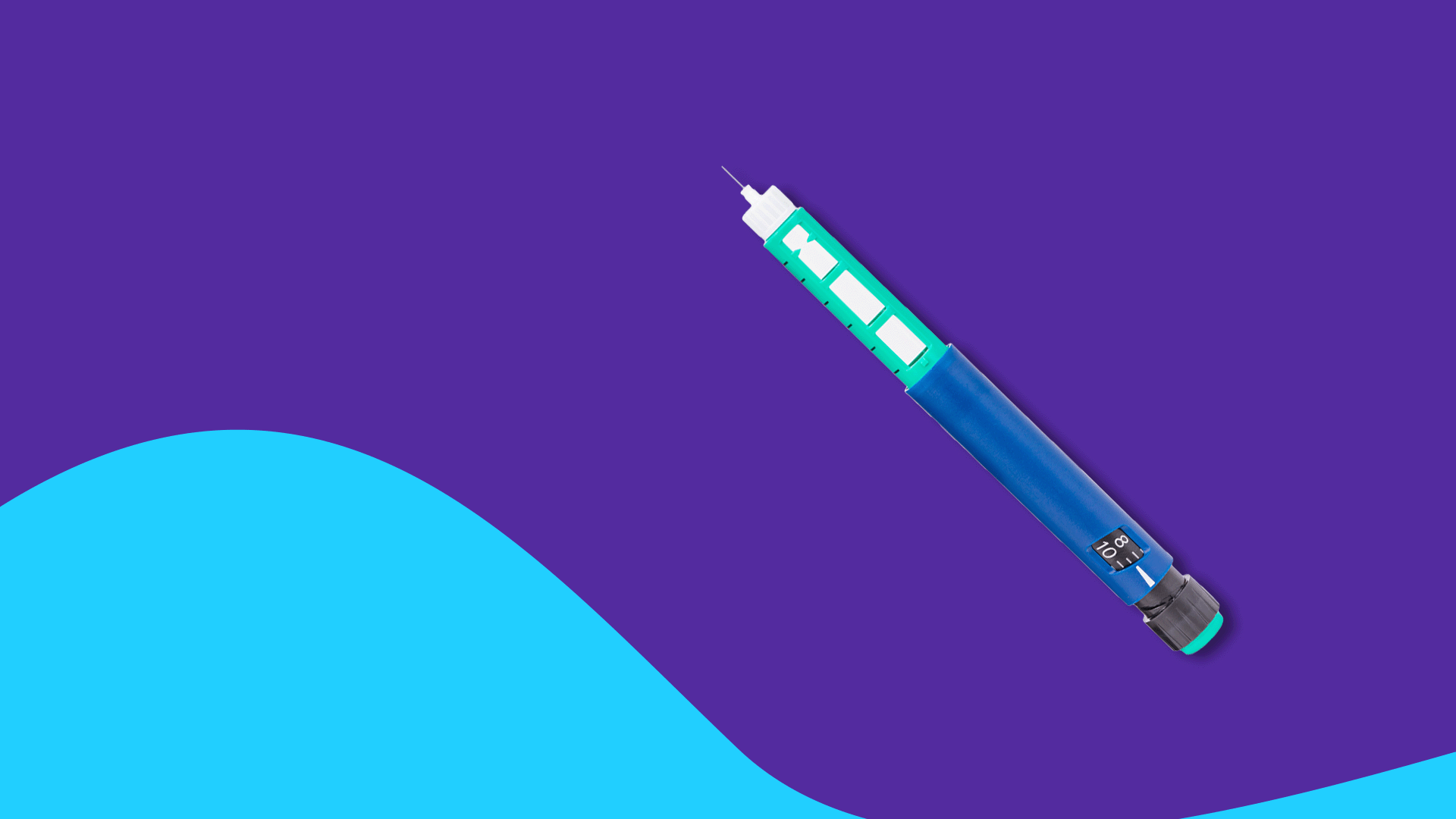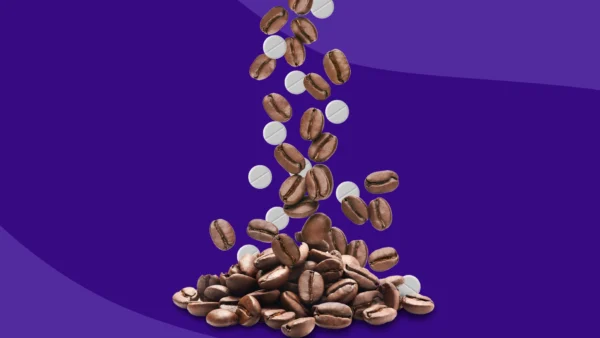Is Trulicity covered by insurance? | How much does Trulicity cost without insurance? | How to get Trulicity without insurance
Trulicity (dulaglutide) is a brand-name prescription drug that lowers blood sugar levels in people diagnosed with Type 2 diabetes. In addition, Trulicity has been shown to reduce the risk of major cardiovascular events (such as heart attack), so it is also FDA-approved to treat patients with both Type 2 diabetes and heart disease. Trulicity is not, however, an appropriate treatment for Type 1 diabetes. Dulaglutide, the active ingredient in Trulicity, reduces blood sugar by increasing insulin production and decreasing glucose production in the body. Trulicity is an expensive brand-name drug with no lower-priced generic versions currently on the market.
RELATED: Trulicity side effects
Is Trulicity covered by insurance?
Trulicity is covered by many commercial health insurance plans, Medicaid, and Medicare plans, though out-of-pocket costs could vary dramatically between plans.
Trulicity costs up to $30 per month for 92% of people with employer-sponsored or private health insurance plans, according to Eli Lilly and Co., the drug manufacturer. The remaining 8% pay an average of $239 with insurance. However, if you haven’t met your deductible, Trulicity costs with insurance can be higher. There is also a Trulicity Savings Card provided by the manufacturer to certain people with insurance (eligibility requirements apply).
Trulicity costs up to $100 per month for 70% of people with Medicare Part D plans. The remaining 30% pay an average of $207 per month. Again, the cost of Trulicity with Medicare will vary based on your plan’s formulary and which coverage stage you’re in. Extra Help is a low-income subsidy that can help people with Medicare save more on diabetes medications like Trulicity.
Trulicity costs up to $9 per month for most people on Medicaid. However, your copay will vary based on the state you live in.
These insurance plans may also require patients to meet certain diagnostic criteria before the prescription is approved.
RELATED: Prior authorization explained
How much does Trulicity cost without insurance?
The average cash price of Trulicity is $1,299 for four pen injectors of 0.5 mL of 1.5 mg/0.5 mL. Trulicity is taken once per week as a subcutaneous injection. Doses start at a 0.75 mg dose and can rise to 4.5 mg per week. Therefore, patients without insurance can expect to pay about $325 for each weekly dose. At that rate, a full year of Trulicity therapy could cost more than $15,500.
A healthcare professional could prescribe other drugs like Trulicity to help patients save money. Trulicity belongs to a drug class called glucagon-like peptide-1 receptor agonists (GLP-1 agonists). Unfortunately, all GLP-1 agonists are also available only as costly brand-name medications. Comparing prices between these drugs is difficult because the dosing schedule varies widely, from twice a day to once a week.
None of the GLP-1 agonists are what most people would consider affordable without health insurance or patient assistance. Uninsured patients should consider asking the prescribing healthcare provider for medical advice about generic antidiabetic medications. These less-expensive drugs include metformin, meglitinides, sulfonylureas, alpha-glucosidase inhibitors, thiazolidinediones, and bile acid sequestrants. They work differently than Trulicity, and some may not be suitable for every person’s medical situation. Above all, do not consider substituting over-the-counter medications, supplements, or herbal remedies to help lower blood sugar in place of prescription medications.
Compare Trulicity prices to related drugs |
|||
|---|---|---|---|
| Drug name | Price without insurance of brand-name drug | SingleCare price | Savings options |
| Trulicity (dulaglutide) | $1,299 per 4, 0.5 mL of 1.5 mg/0.5 mL pen injectors | $755 per 4, 0.5 mL of 1.5 mg/0.5 mL pens of brand-name Trulicity | See updated prices |
| Saxenda (liraglutide) | $1,706 per 5, 3 mL of 18 mg/3 mL pen injectors | $1,281 per 5, 3 mL of 18 mg/3 mL pens of brand-name Saxenda | See updated prices |
| Victoza (liraglutide) | $1,337 per 3, 3 mL of 18 mg/3 mL pen injectors | $908 per 3, 3 mL of 18 mg/3 mL pens of brand-name Victoza | See updated prices |
| Ozempic (semaglutide) | $1,199 per 1, 3 mL of 4 mg/3 mL pen injectors | $775 per 1, 3 mL of 4 mg/3 mL pens of brand-name Ozempic | See updated prices |
| Rybelsus (semaglutide) | $1,231 per 30, 7 mg tablets | $894 per 30, 7 mg tablets of brand-name Rybelsus | See updated prices |
| Wegovy (semaglutide) | $1,761 per 4, 0.5 mg of 0.5 mg/0.5 mL pens | $1,203 per 4, 0.5 mg of 0.5 mg/0.5 mL pens of brand-name Wegovy | See updated prices |
| Riomet (metformin) | $868 per 1, 473 mL of 500 mg/5 mL solution | $3 per 60, 1000 mg tablets of generic metformin | See updated prices |
Prescription drug prices often change. These are the most accurate medication prices at the time of publishing. The listed price without insurance references the price of brand-name drugs. The listed SingleCare price references the price of generic drugs if available. Click the link under “Savings options” to see updated drug prices.
How to get Trulicity without insurance
At an annual cost of $15,500, a Trulicity prescription may be unaffordable without insurance coverage. There are a few options, however, that may help.
1. Use a SingleCare discount card when purchasing Trulicity
A free Trulicity coupon from SingleCare can save people more than $500 on each Trulicity refill. SingleCare discount cards are accepted at thousands of pharmacies. Unlike manufacturer coupons, anyone can use SingleCare—regardless of insurance status and income level.
2. Apply for patient assistance
Inquire about Lilly’s patient assistance program, Lilly Cares. Eligible patients can receive their entire Trulicity prescription at no cost. The healthcare provider, however, must participate in the enrollment process, and not all uninsured patients will meet the eligibility requirements. Talk to the prescribing healthcare provider if you need additional information.
3. Shop for health insurance
Spending huge sums on prescription medications means it’s probably time to explore health insurance options. Most health insurance plans will cost less than a year’s supply of Trulicity. Many are surprisingly affordable. For those who don’t qualify for Medicare or Medicaid, the place to start is your state’s health insurance marketplace. It’s online and allows you to shop plans by cost and benefits.
4. Research your state’s Medicaid requirements
Many people don’t realize they may be eligible for Medicaid, a government program that provides very low-cost health insurance for low-income patients. Many Medicaid plans cover Trulicity, but they may have diagnostic requirements that have to be met first.
5. Enroll in Medicare Part D and apply for subsidies
Some people have Medicare without Part D coverage. If you want to save on prescription drugs, you’ll want to enroll in Medicare Part D or a Medicare Advantage Plan with Part D coverage during the next enrollment period. Medicare also has a low-income subsidy called Extra Help that helps lower Medicare Part D costs, and it eliminates the late enrollment penalty. You can apply for Extra Help on the Social Security Administration’s website. Additionally, you may be eligible for Medicare’s Senior Savings Model. This won’t get you a discount on Trulicity, but it will help you pay for insulin, which can be just as expensive.
6. Look for the best price
Many people don’t know that prices for prescription medications can vary between pharmacies. For high-priced drugs like Trulicity, the price difference between two pharmacies could be $100 or more. For the best discount prices, search for your prescription and enter your zip code on singlecare.com.











